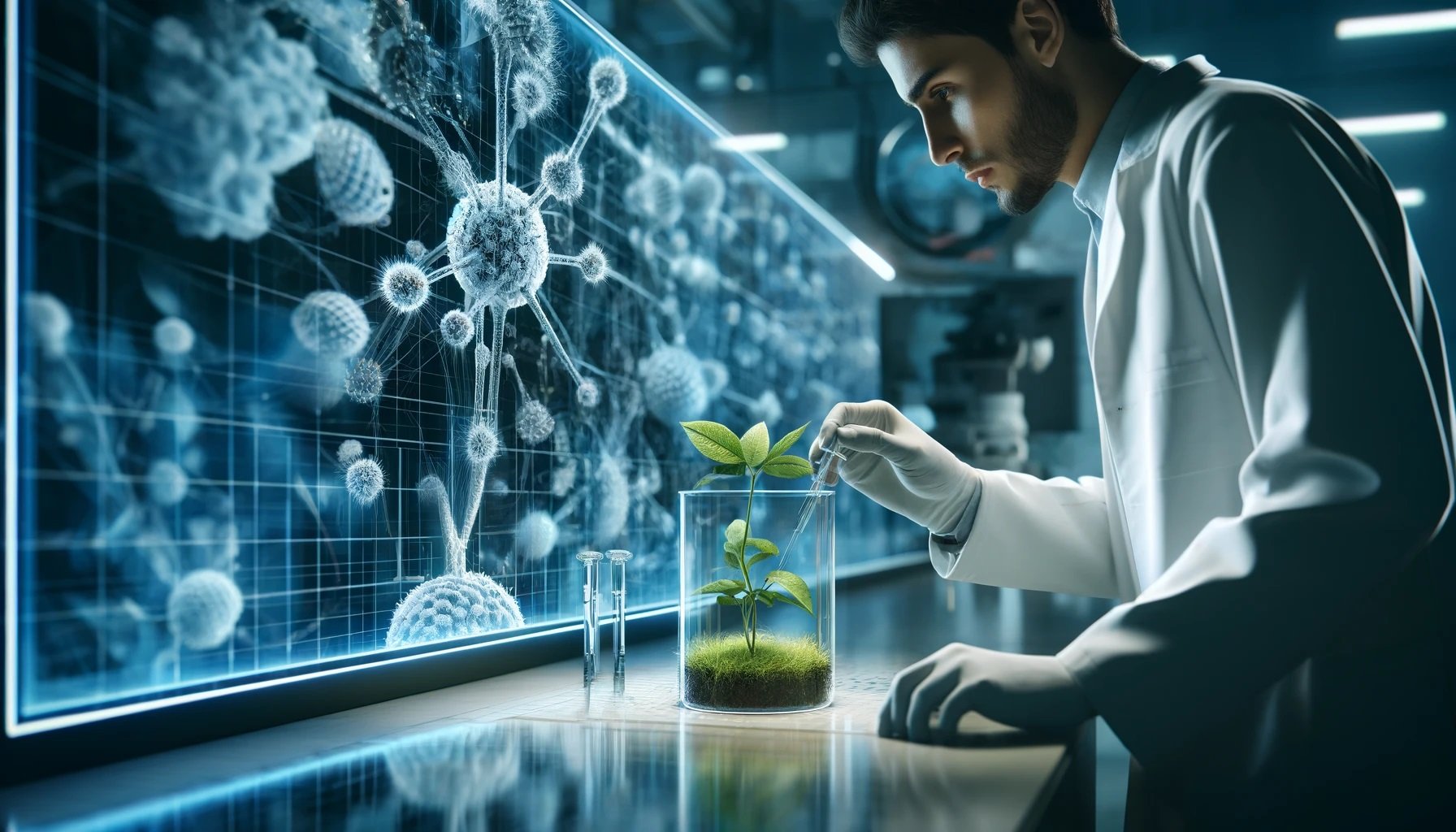What if nanotechnology was used to enhance plant growth and protect against pests?
Introduction to Nanotechnology in Agriculture
Imagine a world where crops not only survive but thrive in challenging conditions, yielding more than ever before, while pests are managed without harmful chemicals. This could soon be a reality with nanotechnology's potential in agriculture. By manipulating materials at an atomic scale, nanotechnology could radically transform how we grow plants and manage pests.
Real-World Applications and Innovations
Nanotechnology is actively being researched in agriculture, with numerous projects demonstrating its promising applications. Institutions like MIT's Media Lab through their Open Agriculture Initiative are exploring how technological innovations, including nanotechnology, can transform food systems (MIT Media Lab). Furthermore, studies are showing that nanoparticles can be used for targeted nutrient delivery to plants, enhancing growth and efficiency.
Nanoparticles for Plant Growth
These tiny particles act like specialized delivery trucks for plants, carrying nutrients and releasing them upon detecting specific environmental signals, like changes in moisture. This smart delivery helps plants in poor soils or urban environments grow better with fewer resources.
Nanotechnology Plant Protection: Safer and More Precise
Beyond enhancing growth, nanotechnology is also being used to protect plants from pests and diseases. Through targeted applications, nanoparticles can carry small, precise doses of pesticides or herbicides directly to harmful species, significantly reducing the need for traditional chemical sprays and helping preserve the surrounding ecosystem. Research into nanoparticle-based pest management is well-documented, with studies such as those found in PubMed Central highlighting these developments (PubMed Central).
Challenges and Considerations
While the benefits are promising, nanotechnology in agriculture comes with its own set of challenges. Issues such as potential nanoparticle toxicity to non-target organisms, long-term environmental impacts, and the high cost of development must be addressed. These challenges require careful consideration and further research before widespread adoption.
Enhancing Plant Growth with Nanotechnology: The Sustainable Future
Embracing nanotechnology in agriculture could lead to significant advancements in sustainable farming, supporting a growing global population with less environmental impact. However, realizing this potential will depend on overcoming current limitations and ensuring that these innovative methods are safe and effective.
Conclusion
The intersection of nanotechnology and agriculture offers exciting possibilities for the future of farming. With ongoing research and careful implementation, it could become an essential tool for enhancing plant growth and protecting against pests in a sustainable manner.


